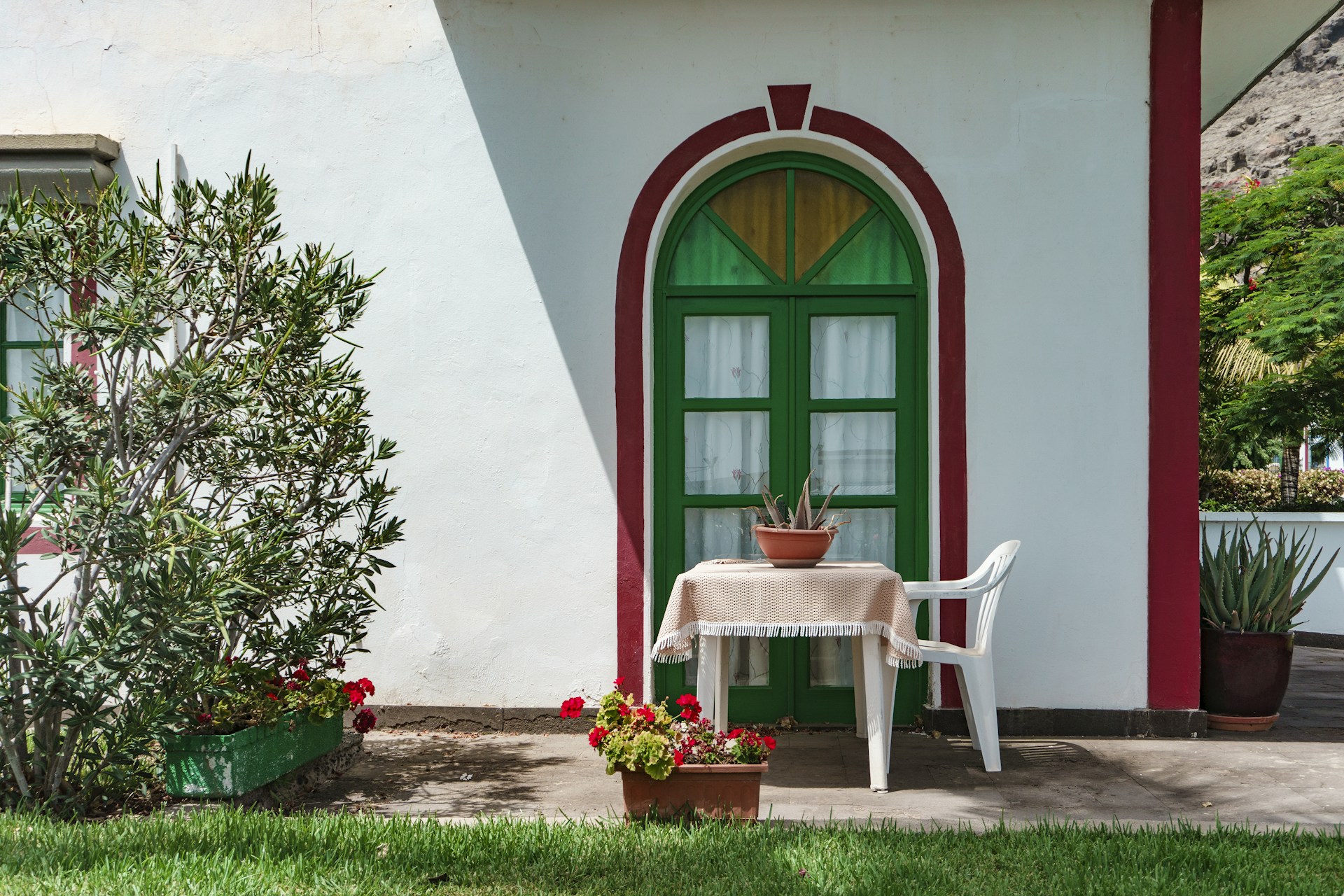Home Renovations to Prepare for Rising Temperatures

Image from Upsplash
By: Evelyn Long
Many people anticipate summer for outdoor adventures. However, the rise in extreme heatwaves highlights the severity of global warming. As temperatures reach new records, there’s a growing push for innovative home interventions that help combat the effects of extreme heat and benefit the planet.
How can people protect their homes and loved ones in a constantly warming world? What are cost-effective ways to combat the risks of sweltering heat?
The Dangers of Extreme Heat
Temperature extremes pose many hazards. The most immediate danger is the body’s loss of internal temperature control, which can lead to heat cramps, heat stroke and heat exhaustion.
The climate crisis also increases the risks of blackouts, which have surged by more than 60% over the most recent five-year period. During power outages, exposure to extreme heat can reach dangerous levels, as air conditioning systems become inoperable.
This year, the Northeast and Midwest are bracing for a record-breaking heat wave, with around 270 million people expected to endure dangerous temperatures above 90˚ Fahrenheit. Children and seniors are particularly vulnerable, highlighting the urgent need to protect them by adequately safeguarding homes against extreme heat.
5 Ways to Protect Home and Health From Dangerous Heat
Acknowledging the consequences of climate change is the first step toward preparing for scorching weather. Embracing sustainable renovations is also critical to helping keep the dangers of extreme heat at bay.
-
Coat and Seal the Roof
Excessive sunshine can lead to discoloration, cracks and fading. Liquid sealants help reflect sunlight and keep harmful UV rays from a property. Cool roof coatings can also help counter the urban heat island effect and lower a home’s energy consumption and cost.
Embracing this solution can help decrease cooling energy use and greenhouse gas emissions. It can also help mitigate adverse health impacts like heat exhaustion and respiratory issues.
-
Invest in Multi-Pane Glass
Replace single-pane windows with energy-efficient alternatives, such as multi-pane glass. This glass type uses gases like krypton and argon to insulate spaces between the panes, making them resistant to extreme weather-related issues. These high-performance windows help create sufficient insulation to prevent cool air from escaping and blocking heat from entering the home.
-
Clean or Upgrade Air Conditioners
Americans spend roughly 90% of their time indoors, making good indoor air quality essential. As the climate gets warmer, air conditioners are almost a staple in every household. However, they can become a breeding ground for bacteria and other pathogens, potentially causing allergic reactions, respiratory symptoms and headaches.
According to the U.S. Department of Energy, an air conditioner’s filter requires cleaning or replacing every month or two during peak use seasons to prevent contamination and boost system efficiency. This can help maintain sustainability by reducing power consumption and bills.
-
Implement Passive Cooling Strategies
One of the easiest and cheapest ways to heat-proof a home is embracing the natural benefits of greenery. Trees offer various solutions for cooling a property.
They help absorb more than 48 pounds of carbon dioxide to purify the air and provide a cooling effect. Additionally, the canopy offers natural shade, shielding a house from direct sunlight and preventing UV rays from penetrating indoors.
-
Upgrade Electrical Systems
Summer can trigger an increased electric load with the use of air conditioners and fans. Many older homes have outdated wiring that needs updating to meet the latest safety standards. Replacing damaged electronics with modern circuit interrupters and investing in double-pole switches can help prevent electrical fires caused by circuit overloads.
Gear Up for Summer
The effects of global warming are becoming increasingly tangible, prompting people to prepare for heat-related hazards like fires and health issues. Embracing eco-friendly home renovations can help mitigate the dangers of extreme temperatures and pave the way for a more resilient tomorrow.
______________________________________
Evelyn Long is a writer and editor focused on construction and sustainability. Her work can be found on Renovated, a web resource for better building and design.



